Milk floats and forecourts. How we’ve been living the experience to understand a customer’s perspective.

We do everything we can to make sure that we are getting in-depth, hands-on, lived experience with our work.
Nowadays more of our time is spent in front of a screen, working remotely, connected to our colleagues and customers wherever we are in the world. This brings significant benefits, but has its pitfalls which are important to recognise when creating new experiences.
As we continue working in this way, it is one of our core responsibilities as researchers and designers to make sure we have a deep understanding and empathy for the people we are designing for, to ensure we are doing the right thing for people and society.
Through lived experiences, we have been able to get closer to each step in the customer journey and fully understand the nuts and bolts of our client’s organisation. This has helped us make sure we grasp the users context, the employee experience when delivering services and how these things impact the way products and services are created and delivered.
When we were observing the experience of a fuel payment app, it quickly reinforced the value of this approach. We spotted straight away that to other drivers it looked like the driver refuelling was simply sitting on the phone, holding up the queue, when actually they were trying to pay for the fuel using the app - we would never have uncovered this, along with other external factors impacting the experience if we had carried out this research remotely.
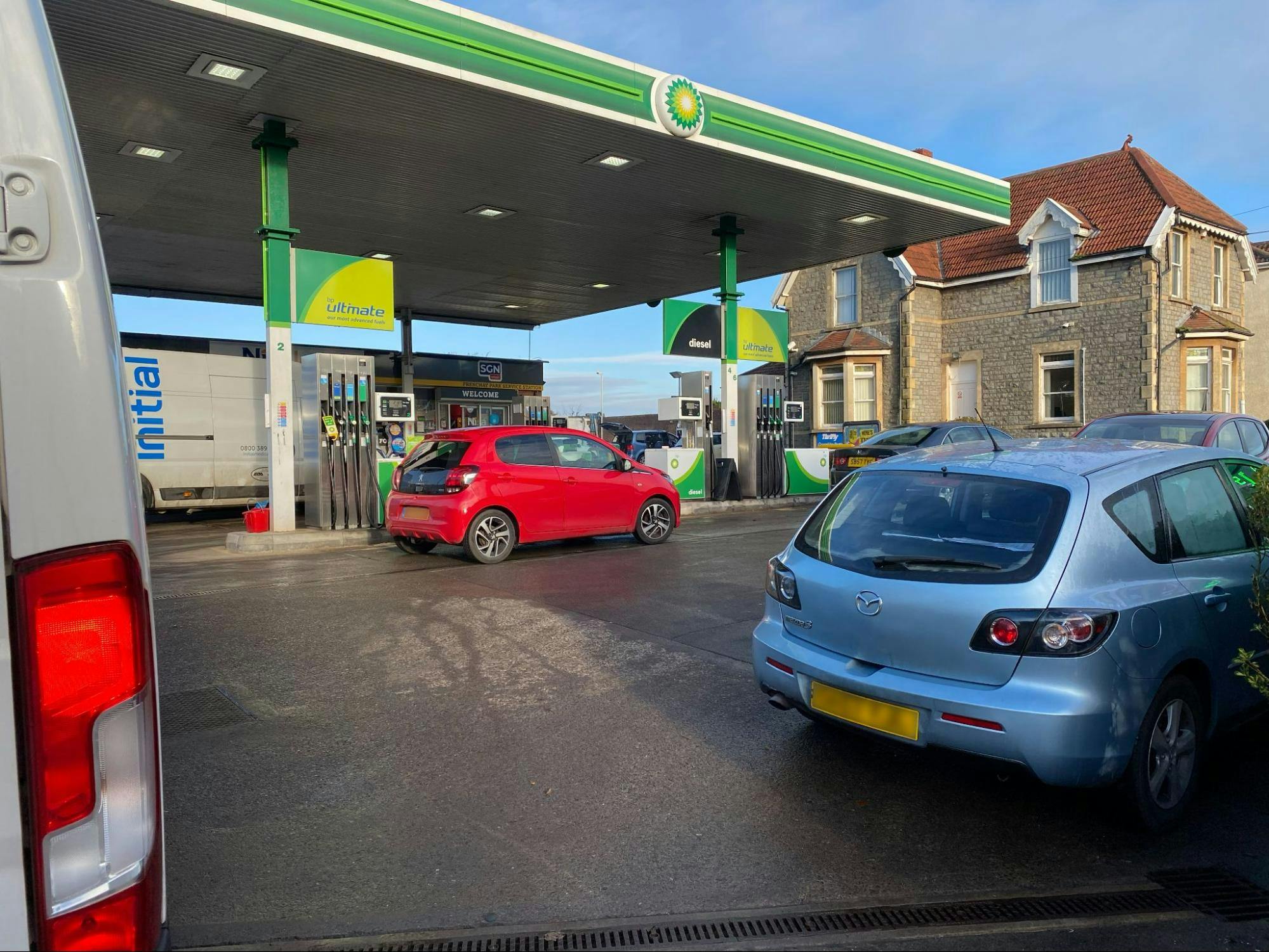
Below are a handful of recent examples of us living the experience, exposing ourselves to new contexts and looking at things through the lens of the user.
A night shift spent on a milk float
We recently partnered with a grocery doorstep delivery service, and wanted to get a better understanding of the delivery process, so we shadowed one of the delivery drivers on their night shift, delivering to over 250 houses.
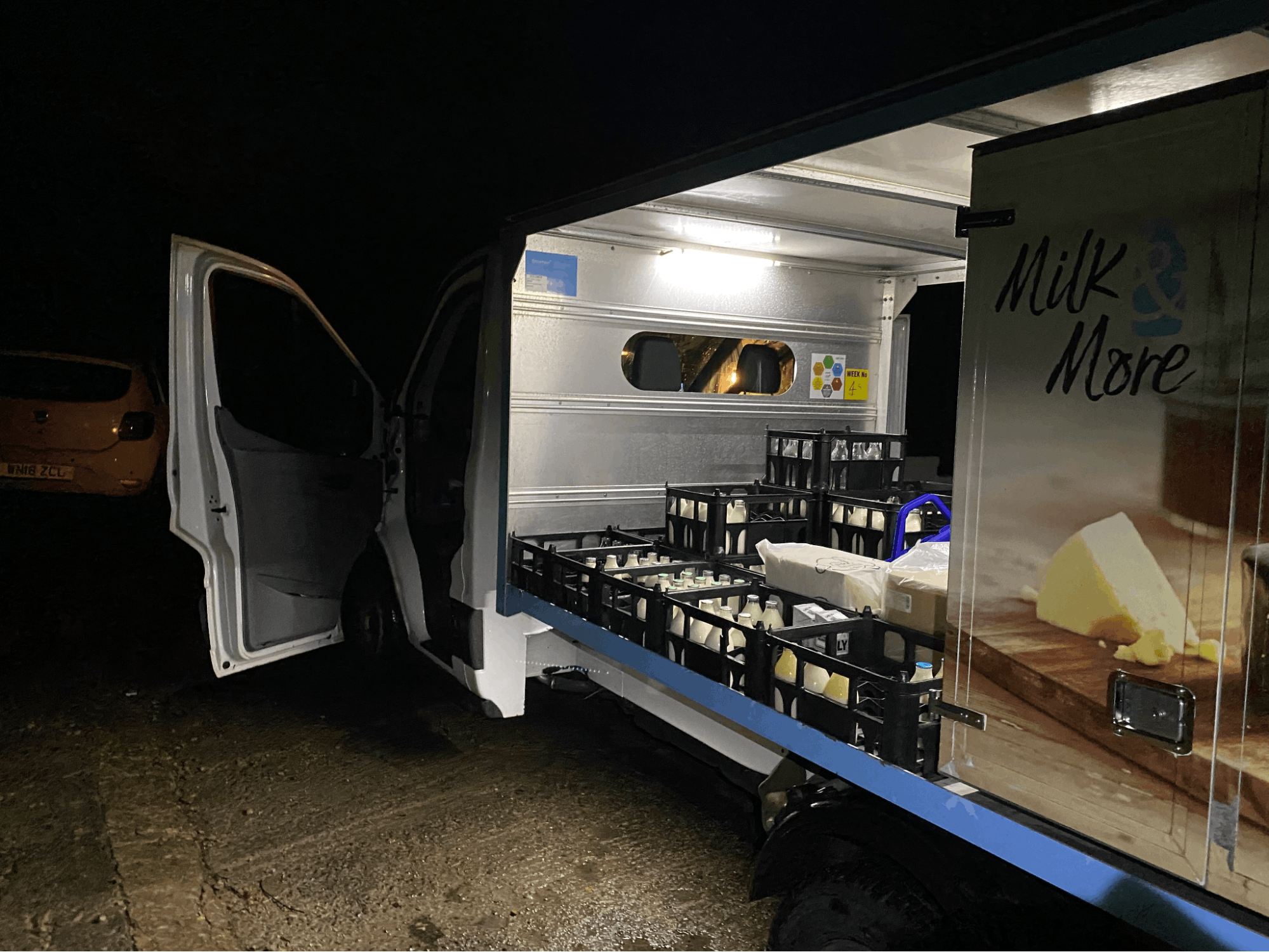
Doing so exposed us to both sides of the experience. It helped us understand the role of the delivery driver and the challenges they face, navigating the cold nights and planning the most efficient delivery route but also the relationship between customers ordering their products online and being delivered the following day.
An evening out at a London theatre
When we were working with the largest theatre ticketing service in the UK we spent an evening at a London theatre. The organisation were looking for ways to better understand exactly who was sitting in their theatre audiences, particularly for group ticket bookings.
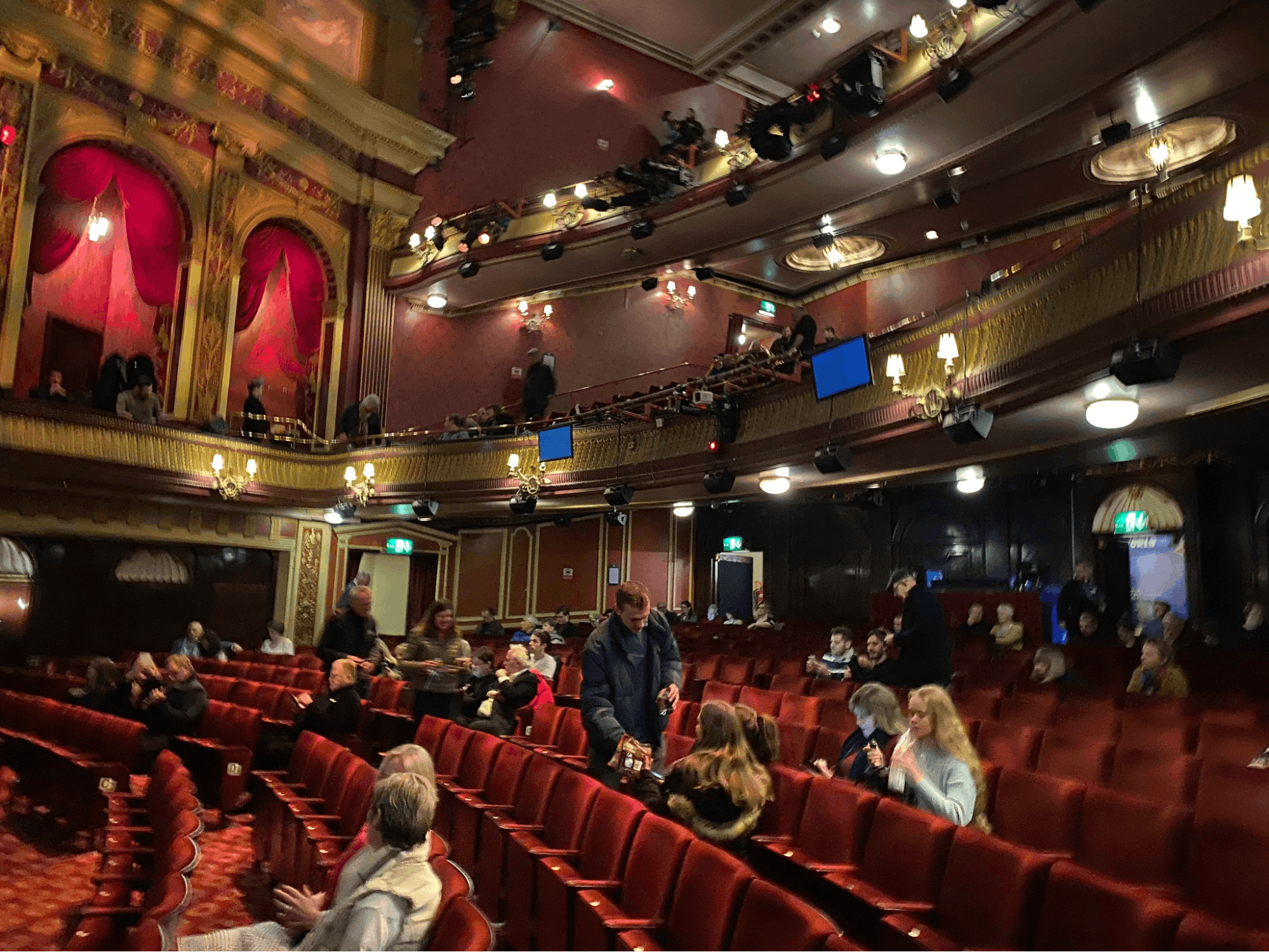
To understand the experience of a group ticket more clearly, we took the chance to spend an evening talking to theatre goers. We wanted to better understand their motivations and drivers for going to the theatre,the role and responsibility of the person who had booked the tickets and how they had overcome any pain points they experienced along the way.
User testing can really have its perks!
Shadowing a Network Site Agent for a day of site visits
When working with a water connection organisation who were looking to improve the process for people trying to connect to their network, it was important for us to understand the role of a Network Site Agent (NSA).
Spending a day with an NSA and observing their role in more detail enabled us to understand more about how the new water connection process works. Throughout our time together, we learnt about the different stages, activities and processes that NSAs go through, which in turn helped identify the pain-points and inefficiencies that they experience.
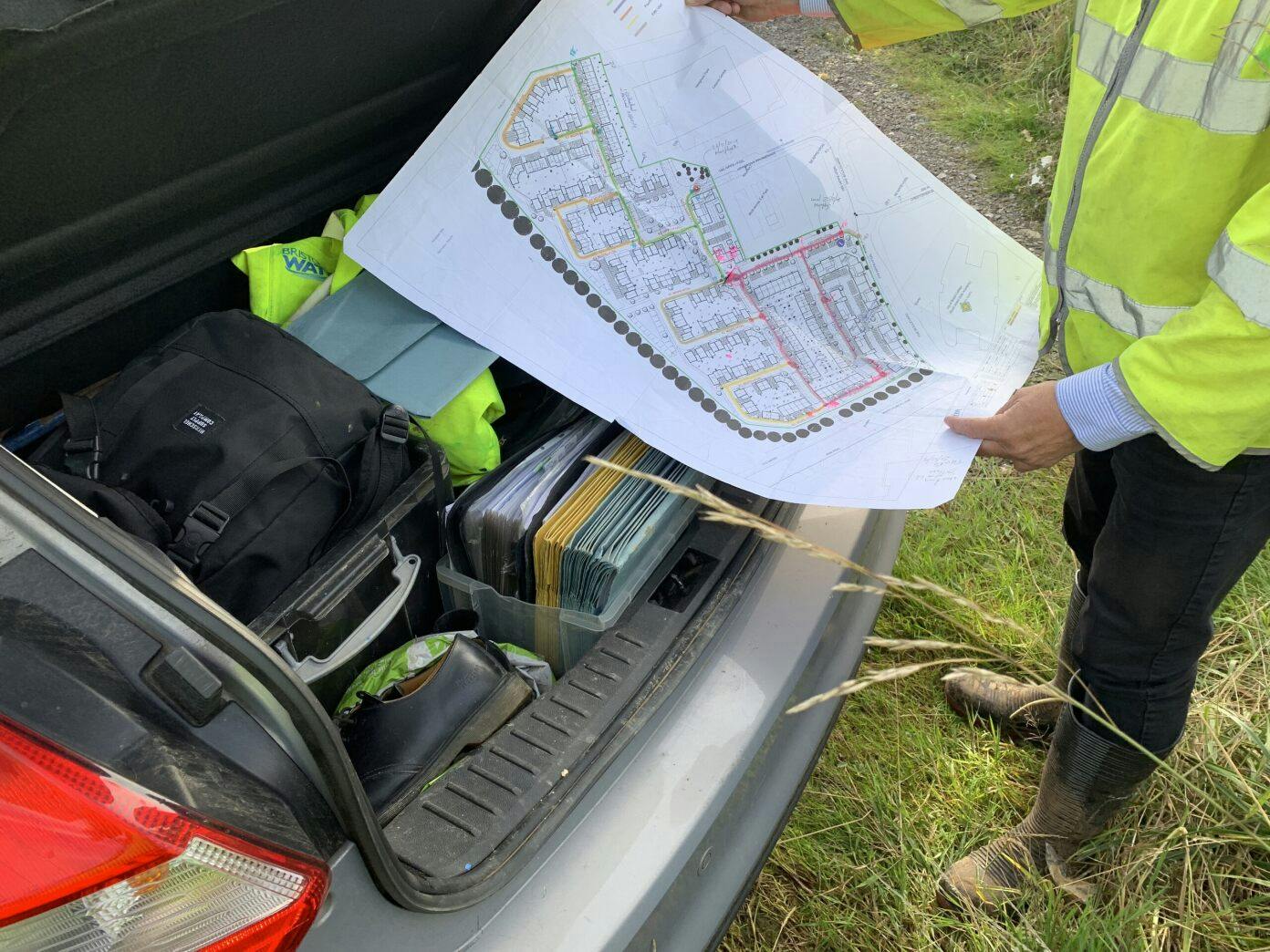
This hands-on experience helped us to better understand the end to end connection process from; surveying, specifying the site requirements, inspecting the work done and approving the final connection. But probably most importantly it helped build trust and support for our work as the NSAs felt understood and heard.
Call centre listening at a private hospital contact centre
When working alongside one of the biggest private hospital groups with a network of hospitals across London, our research with patients identified that they could often feel some frustrations when booking a medical appointment.
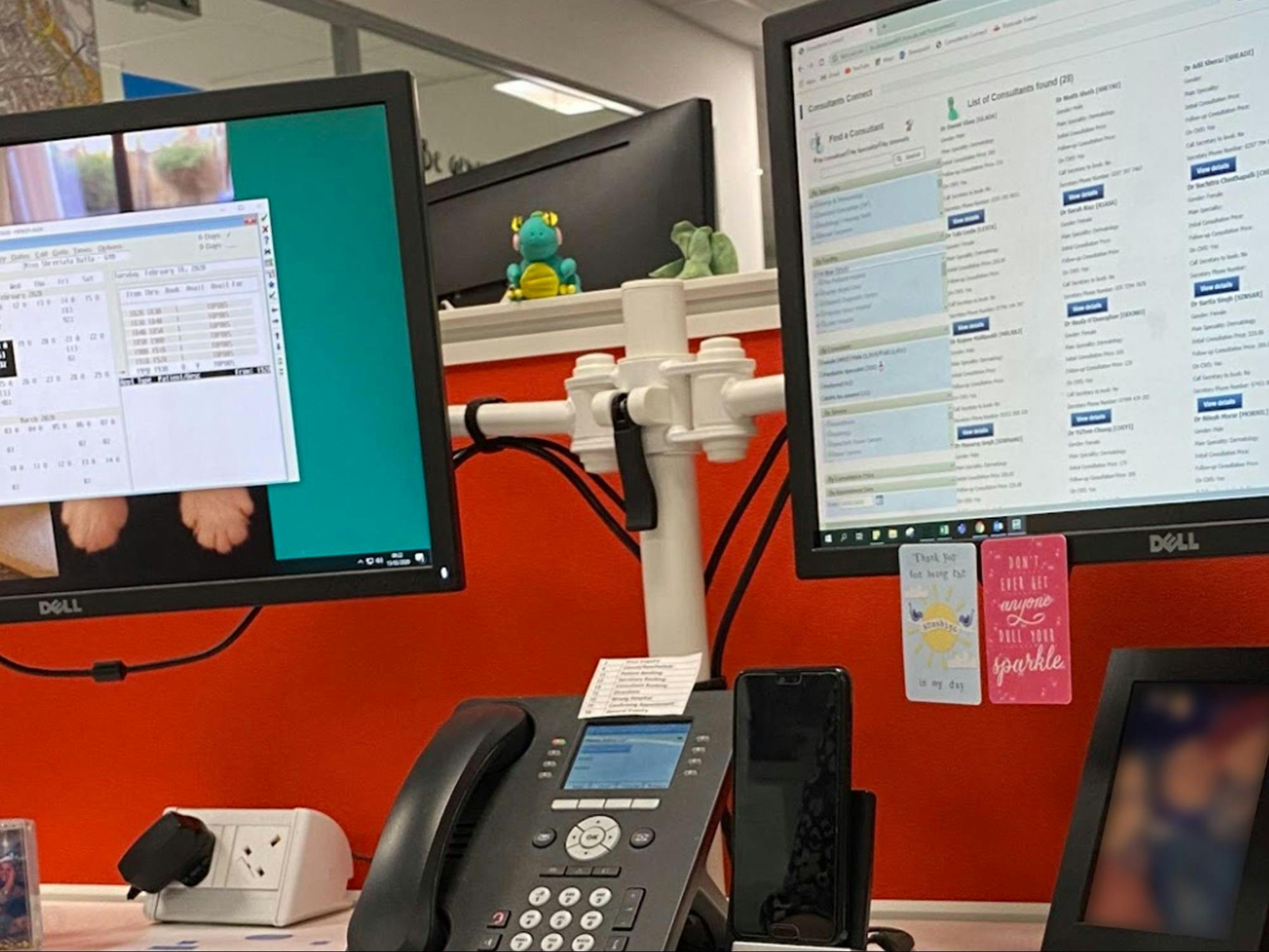
We wanted to get to grips with the role of contact centre staff to identify any challenges or pain points that they might be experiencing too. Observing their role in more details helped shine a light on the different systems they have to navigate to book an appointment for each patient, but importantly it created a space for us to hear from different contact centre agents about their ideas for how the experience could be optimised for them and the patients they serve.
A day spent on the forecourt of a fuel station
Working with an integrated energy company to understand how their fuel payment app fitted into their customers journey, it was essential for us to understand how the context in which their users were interacting with the app affected their overall experience.
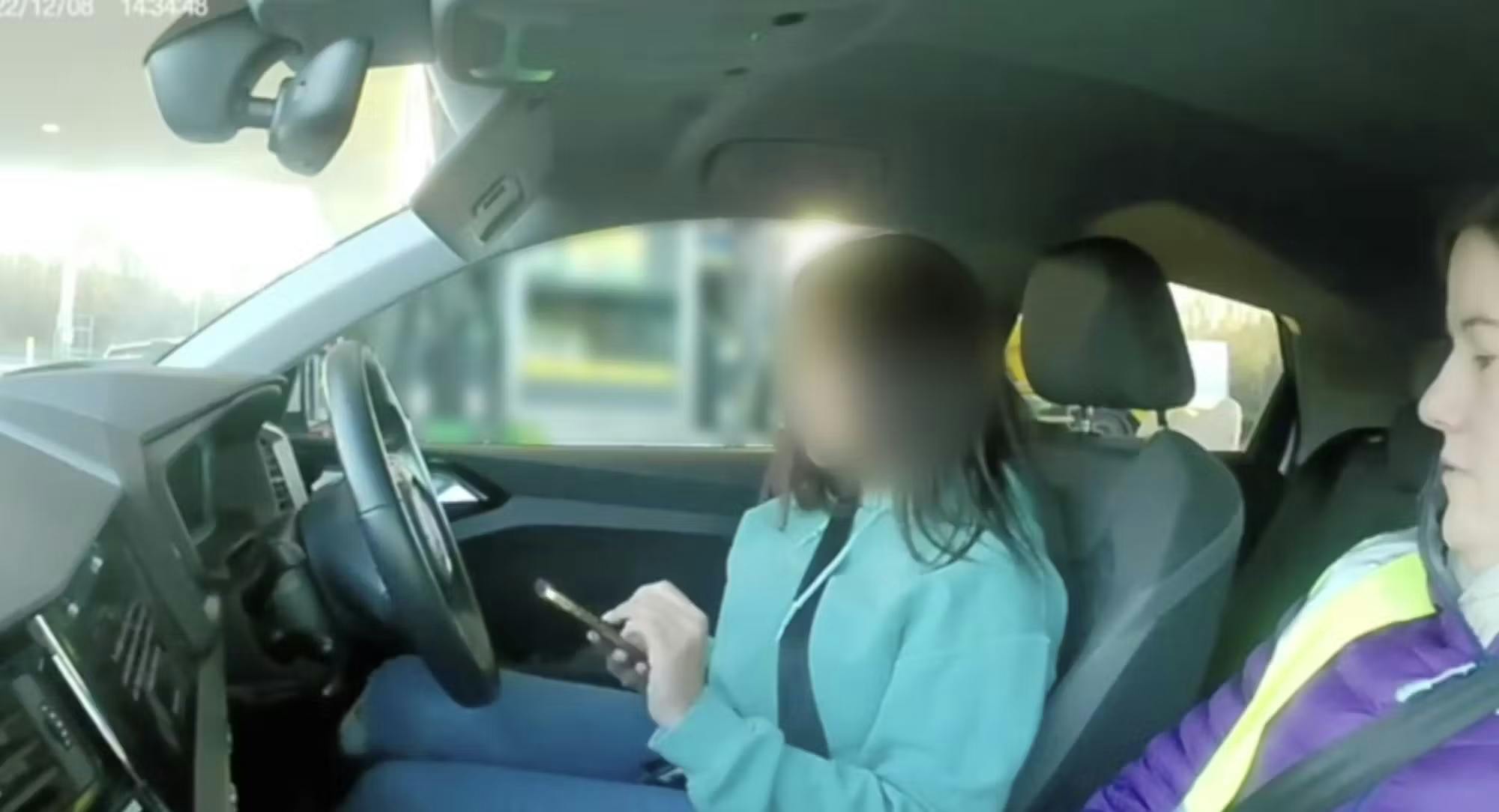
Doing so helped us pinpoint the external factors, out of the user's control, that were impacting their experience. For example, heavy traffic at particular times of the day, the impact of cold weather, varying patience levels of other service users, the look and feel of physical touch points and so on.
All in all, it uncovered the pain points they experienced with the digital and physical touchpoints and helped prioritise the opportunities for enhancing the experience.
What we learnt
Each of these examples are ways that we have been able to live and more clearly observe the experience. Could you get out in the field to get to know your users better? I hope reading this has encouraged you to reflect on your understanding of your customers and their unique experiences.
If we hadn’t have worked in this way we wouldn’t have uncovered the full picture, leaving gaps in our understanding, ultimately affecting the outcome of the work. In particular, the importance of understanding the different external factors, the relationship between the physical and digital touch points and lastly ensuring that people felt heard and represented through the process.
Like anything it’s important to recognise the benefits and pitfalls of any type of research technique. We’d recommend taking a mixed methods approach, combining different data points to ensure you build a clear and representative picture of what is taking place and reducing any danger of any bias creeping in or basing specific conclusions on a single experience you witnessed.
How could we work with you to help you get closer to your customers, by living their experiences? Let me know at sam.stevens@cxpartners.co.uk.
